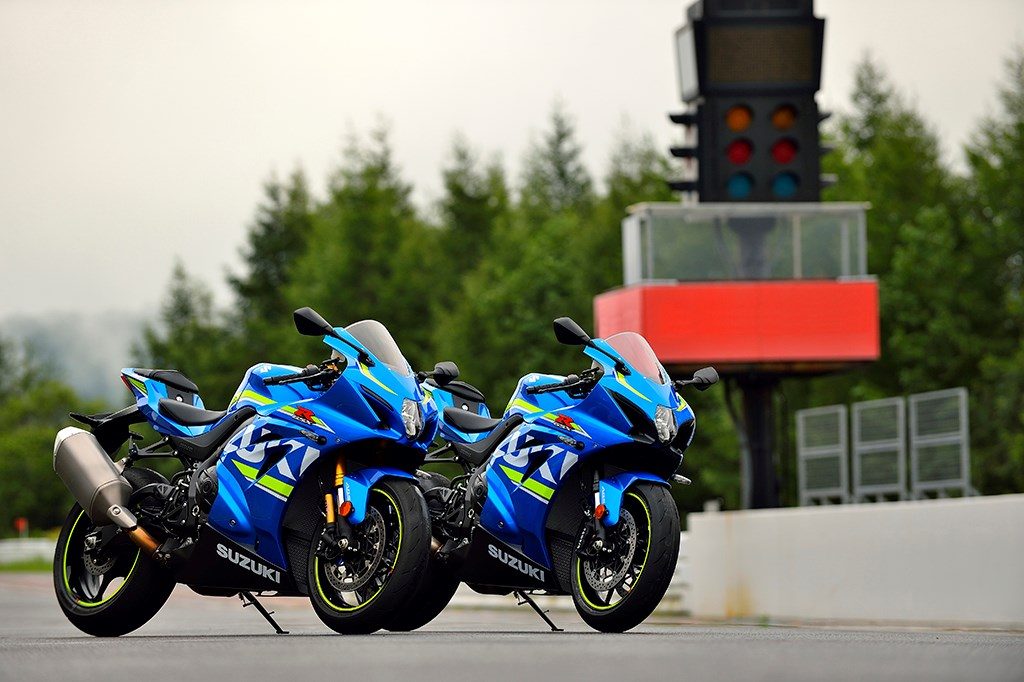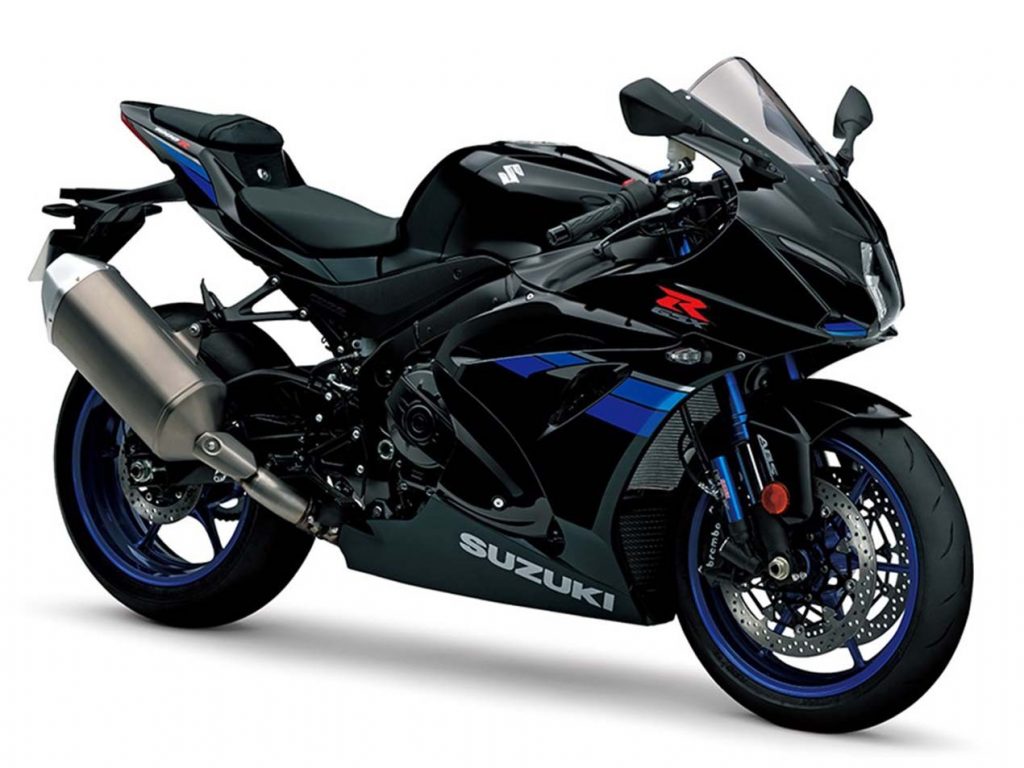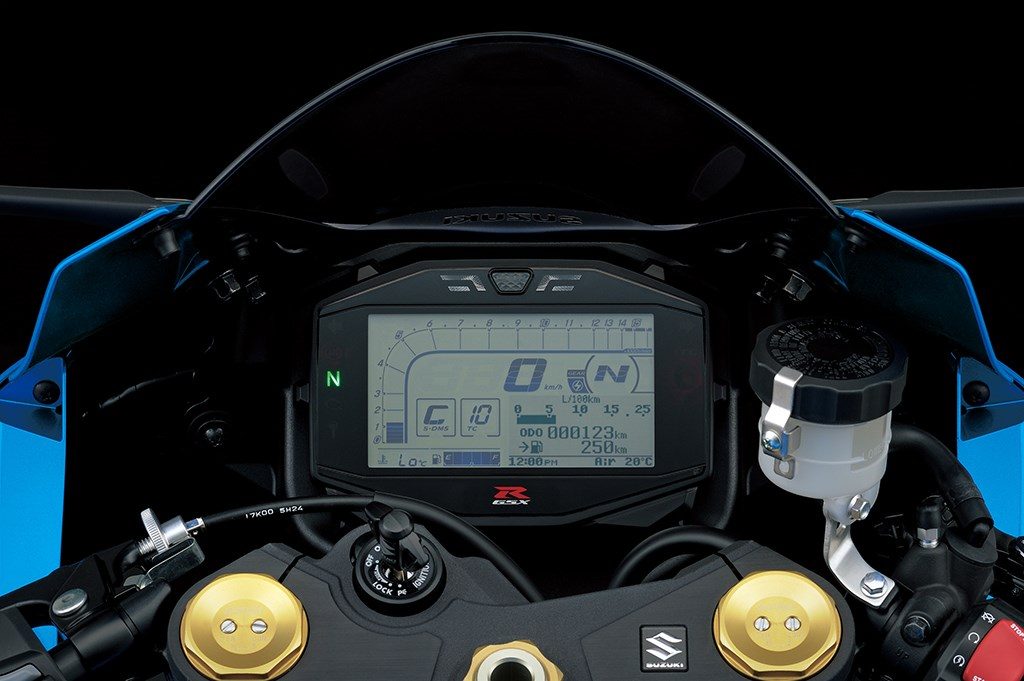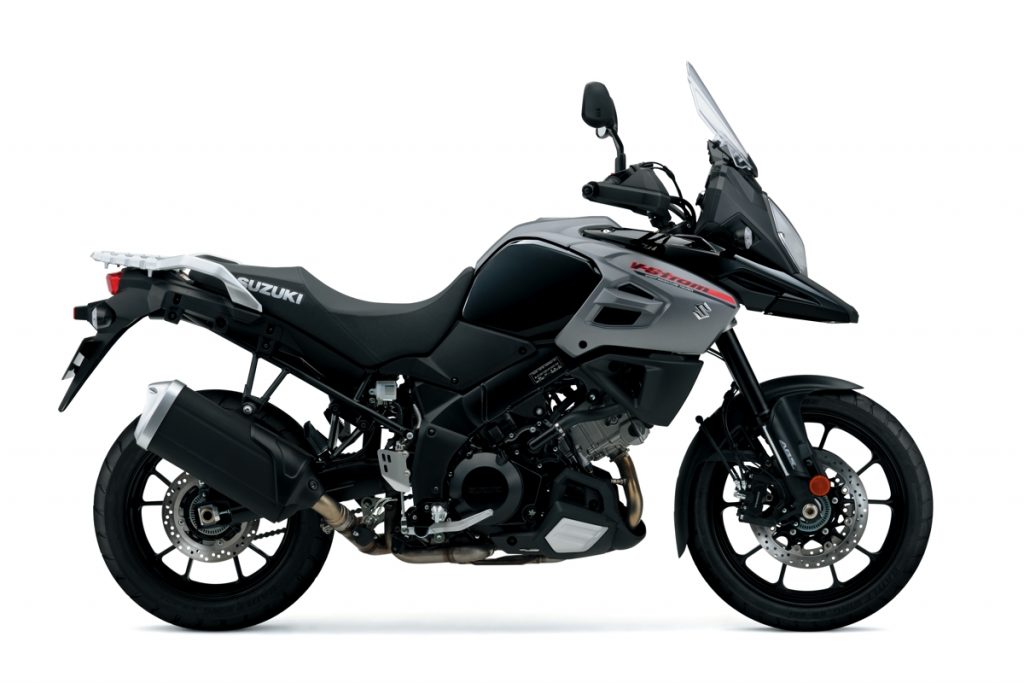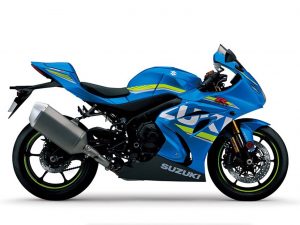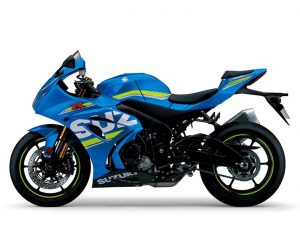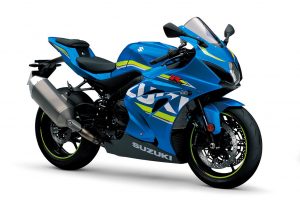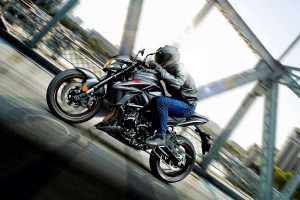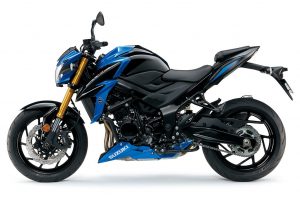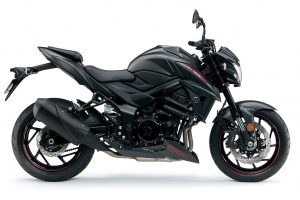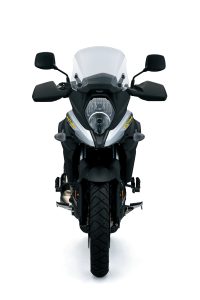Suzuki @ INTERMOT 2016: Production-ready GSX-R1000 leads S-brand’s charge in Germany.
Like its contemporary rivals, House Hamamatsu needed to make a huge impression at this year’s INTERMOT 2016 show in Cologne, Germany. Thankfully, Suzuki did just that by unveiling what is believed to be the final production-ready version of its flagship new GSX-R1000 superbike.
Also making their debut here were a number of update 2017 models, with Euro 4-compliance at the lead of each model’s key changes. Here’s our quick walkthrough of the S-brand’s new wares shown at INTERMOT 2016.
2017 Suzuki GSX-R1000 & GSX-R1000R
A full year after it was revealed in ‘concept’ production form, the mighty Suzuki GSX-R1000 superbike was revealed yet again Germany this week. This time though, Suzuki assures that this is how the final road-going product will be.
With the way its rivals have evolved for 2017, Suzuki had to give its flagship litre-class fighter some sort of boost. As a result, the new Gixxer will be available in two forms starting with a GSX-R1000 base model, followed by a new and racier GSX-R1000R high spec variant alongside it.
Both share the same new 999cc DOHC in-line four-cylinder screamer primed with Suzuki’s ingeniously engineered Variable Valve Timing (VVT) system. Dubbed as the most powerful Gixxer ever built, the mill boasts 199hp and 117.6Nm of torque to ensure that claim goes unchallenged.
Notably, the engine now has a higher compression ratio (13.2:1) plus a longer bore and stroke (76 x 55.1mm), both of which raising the mill’s red line higher to 14,500rpm too as a result. Suzuki have also redesigned the valves, camshafts and transmission gears as well.
The centrepiece of the new generation Gixxer of course lies in its web of sophisticated electronics. The six-axis Bosch IMU suite leads the bill, tying up with a 10-level traction control and the selectable riding modes. In the GSX-R1000R, cornering ABS, launch control and bi-directional quick-shifter is further added into the bill.
Also worthy of mention is the Gixxer’s lighter and stronger new chassis that’s also more compact that the last model – the K5. It is brimmed with Suzuki’s electronic steering damper that promises greater cornering, not forgetting the Showa Big Piston front forks and progressive linkage rear shock taking up suspension duties in the base GSX-R1000.
The racier GSX-R1000R, on the other hand, benefits with the more advanced Showa Balance Free Front Forks and Balance Free Rear Cushion Lite instead, with the latter able to isolate damping control from the influence of unequal pressure. This was designed to give riders more feel.
Lastly come the equally-powerful anchor sin the from of twin Brembo 320mm front discs grabbed by radial monobloc calipers and a 220mm rear disc grabbed by a single-piston Nissin caliper. The standard ABS suite is programmed for real wheel lift mitigation whilst R, as mentioned earlier, gets cornering ABS added.
All in all, the new generation 2017 Suzuki GSX-R1000 and 2017 GSX-R1000R looks set and ready to defend its crown as the King of Sport Bikes when it gets released into markets worldwide towards the end of this year.
2017 Suzuki GSX-S750
Suzuki also unveiled its new GSX-S750 model in Germany. Standing in as the replacement of the GSR750, the streetfighter is powered by a retuned and now Euro 4-compliant 749cc in-line four-cylinder lifted from the 2005 GSX-R750.
Notably, the engine gets a new 10-hole long nose injectors, a new airbox plus an updated version of the GSR750’s four-into-one exhaust system. Headlining figures stand at 112.6hp and 81Nm.
The ABS-equipped model tips the scale at 213kg whilst the tank measures at 16 litres in size as well. The outgoing GSR750’s steel chassis is retained but its wheelbase has been stretched by 5mm whilst seat height now stands as 820mm.
Tasked with suspension duties are 41mm gold-anodised KYB USD fork forks and a traditional rear shock connected to a new swingarm. The front forks are adjustable for preload and with 120mm travel whilst the rear shock features seven-way adjustable preload.
Nissin-supplied 310mm floating front discs and quad-piston calipers primed with ABS offer the right anchors for the new GSX-S750. Additionally, four colour options will be available for this new streetfighter as well.
2017 Suzuki V-Strom 1000
Also updated for 2017, the Suzuki V-Strom 1000 dual purpose series sees its 1,037cc V-twin heart getting tweaked to meet Euro 4 standards. The styling has been revised slightly too, most notable being the ‘emphasised’ beak.
Opt for the V-Strom 1000 XT adventure variant and you’d benefit with a reshaped new windscreen, handguards as well as an engine, all which being standard items in this off-road ready variant in fact. New accessories include a larger 55-litre top box as well.
The most crucial revision though comes from the addition of the Suzuki ‘Motion Track Brake System’, which is the S-brand’s very own cornering ABS system. It is linked with a five-axis IMU that measures lean angle to allow safe braking whilst banked over.
2017 Suzuki V-Strom 650
Further down the range comes the updated Suzuki V-Strom 650 model, which Suzuki has refreshed to mirror more closely to its larger V-Strom 1000 sibling. Leading the list of changes here is the 648cc V-twin tweaked for Euro 4-compliance thanks to a revised fuel injection system.
Both power and torque figures have improved to 70hp and 62Nm respectively. Newly added here is the Suzuki Low RPM Assist feature –also available in the V-Strom 1000 – that aids newbies from stalling by automatically increasing revs slightly as the clutch is released.
The windscreen now offers three-position adjustment, followed by the addition of a power socket in the optional three-case luggage that’s available. Also updated here is the instrument panel with the V-Strom 650’s unit mirroring closely to the V-Strom 1000’s nifty display.
2017 Suzuki GSX-R1000R
2017 Suzuki GSX-R1000
2017 Suzuki GSX-S750
2017 Suzuki V-Strom 1000 & V-Strom 1000XT
2017 Suzuki V-Strom 650 & V-Strom 650XT



